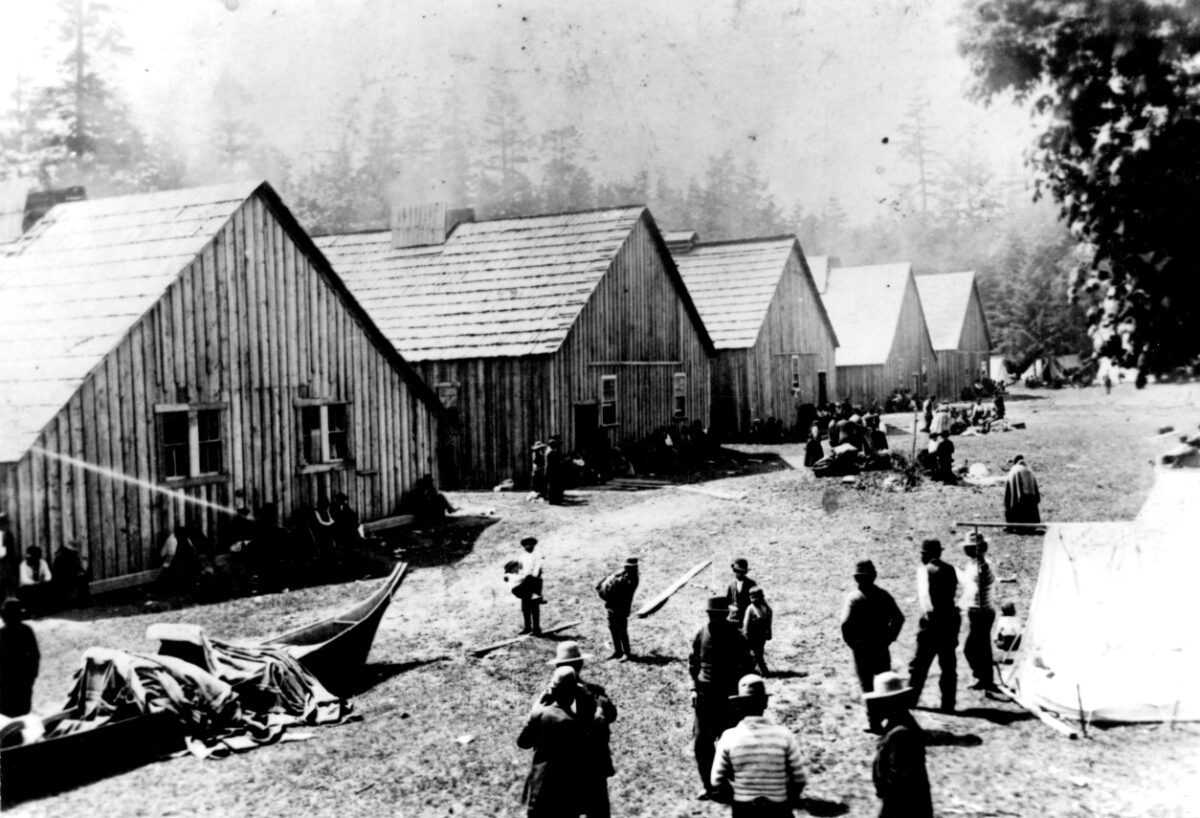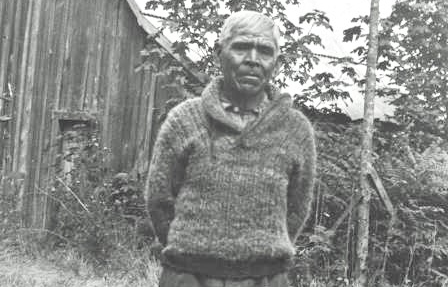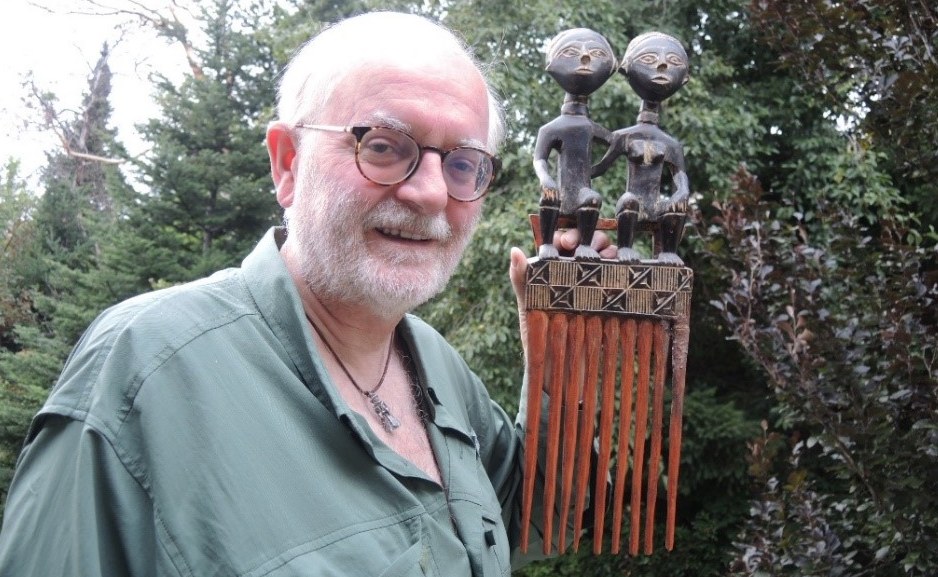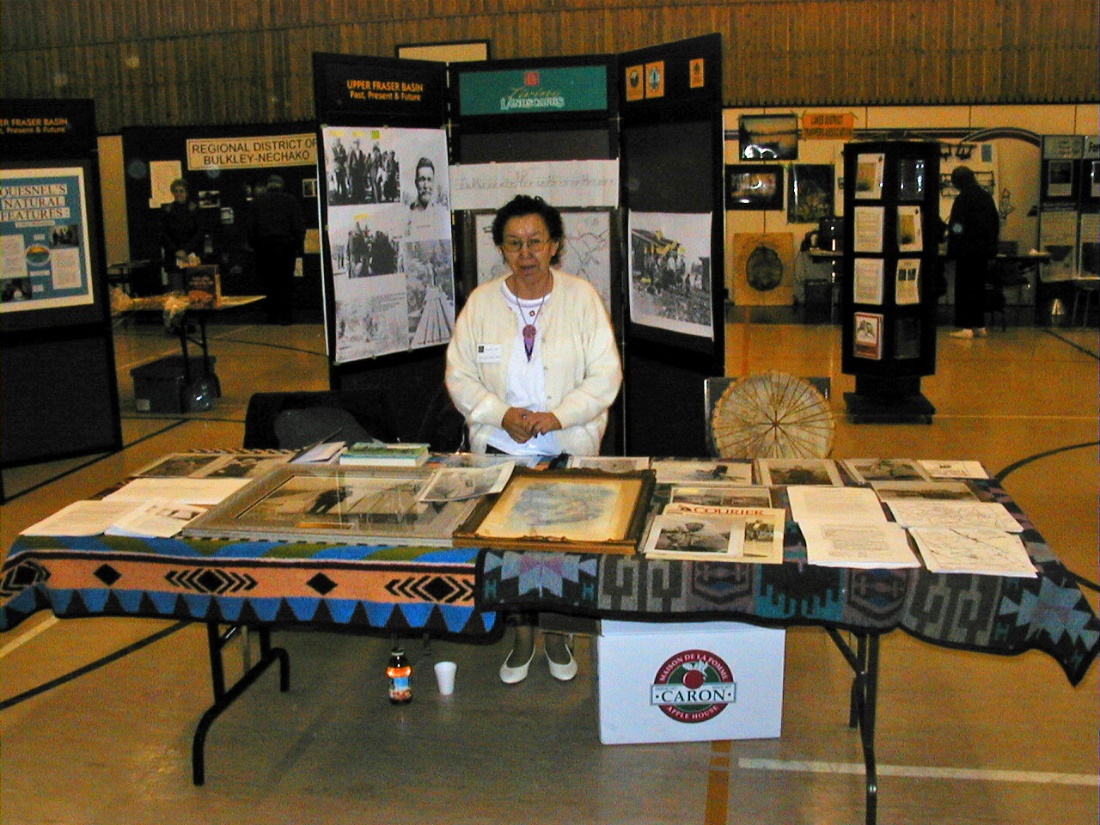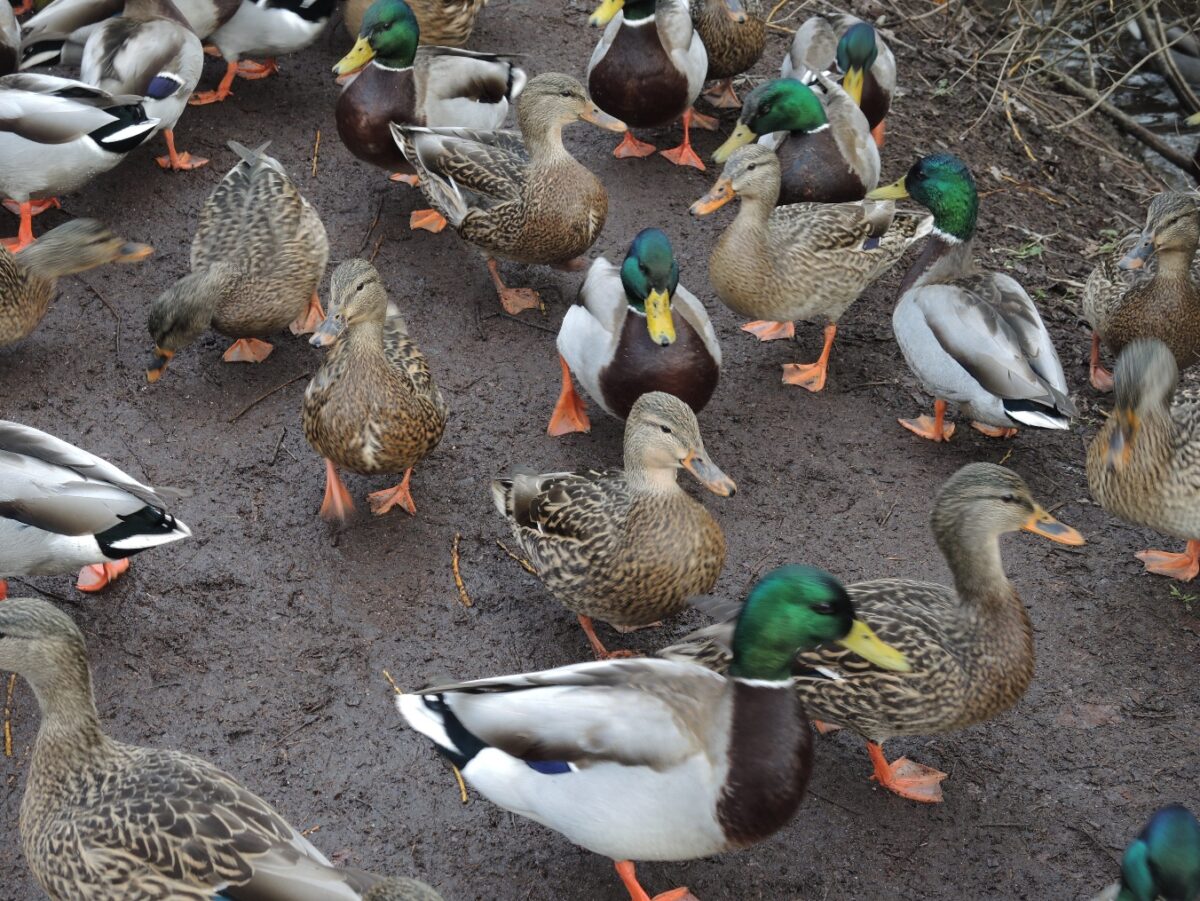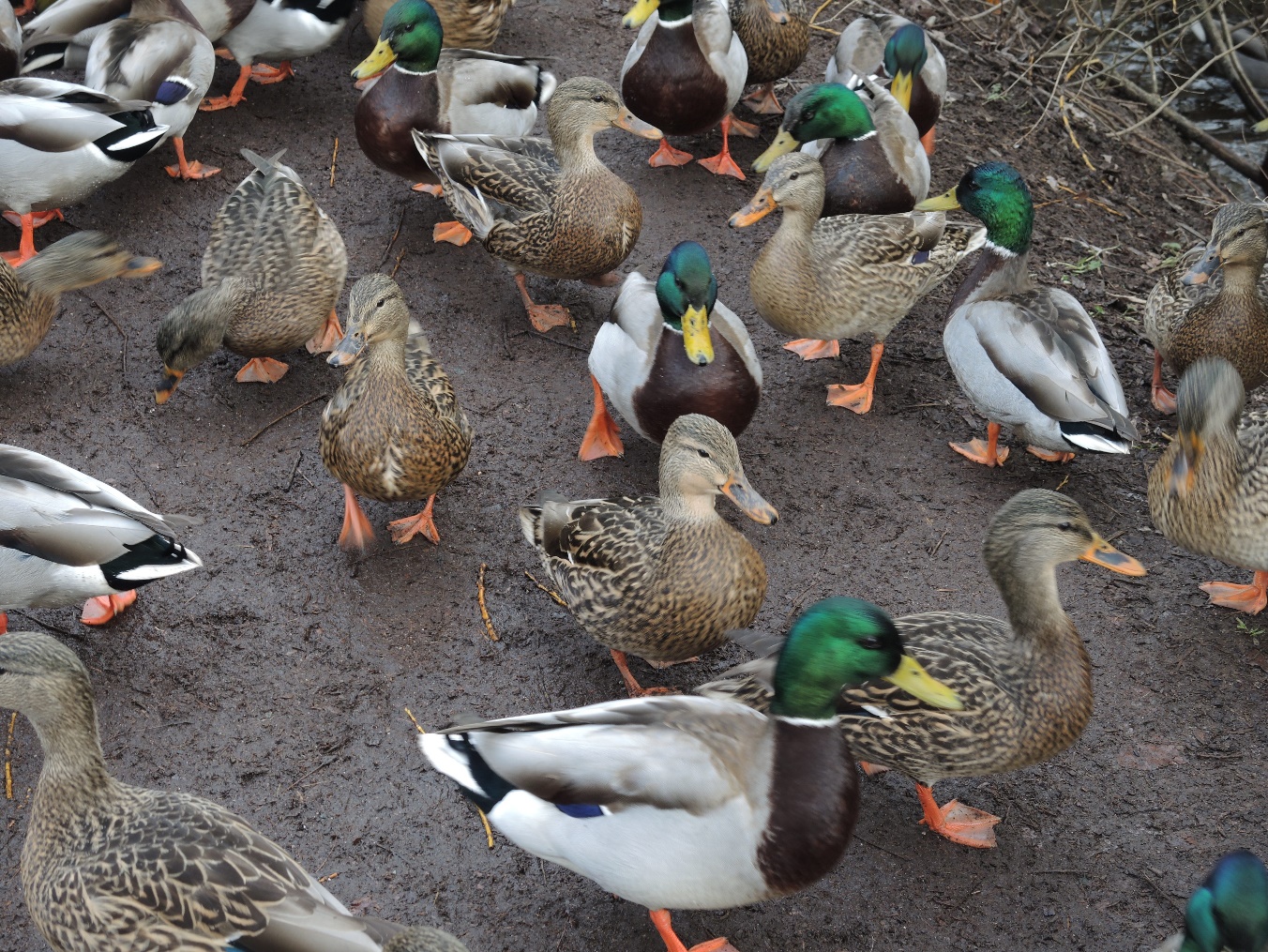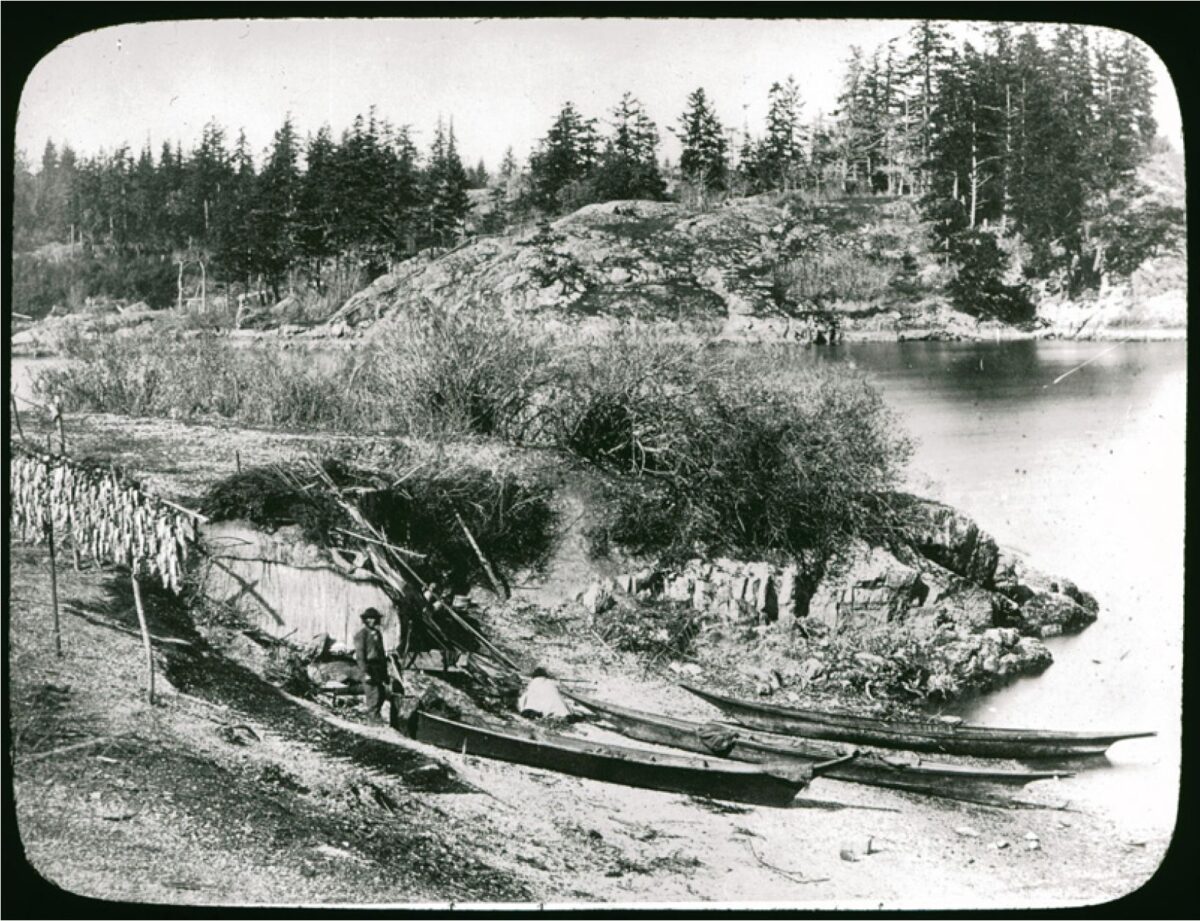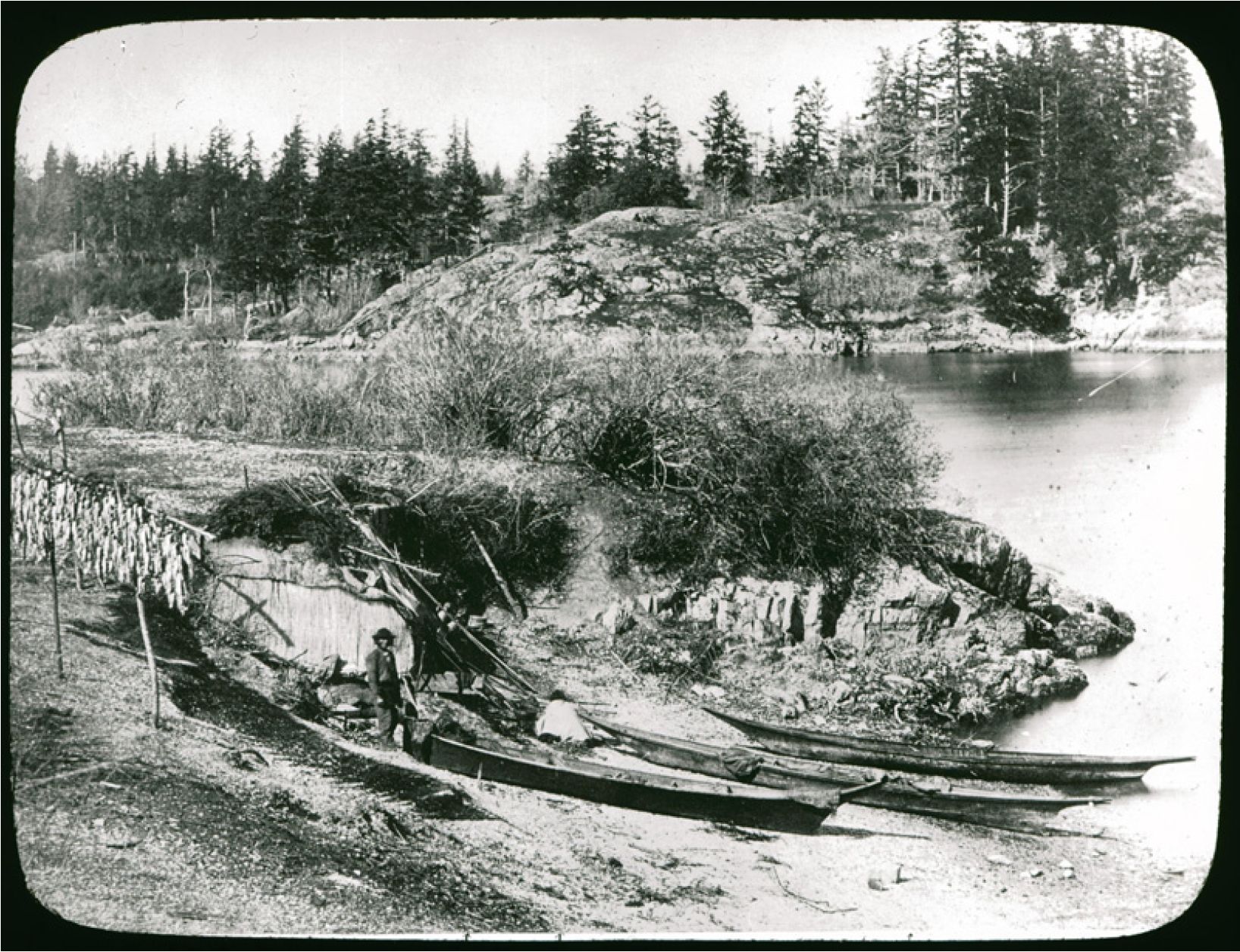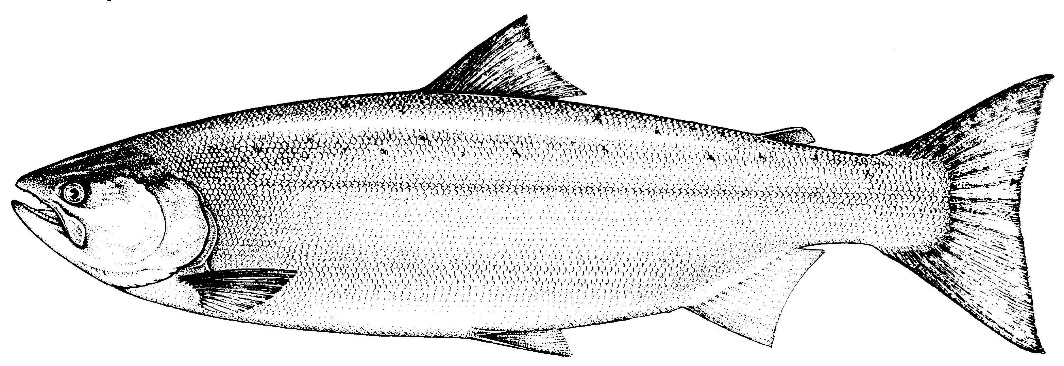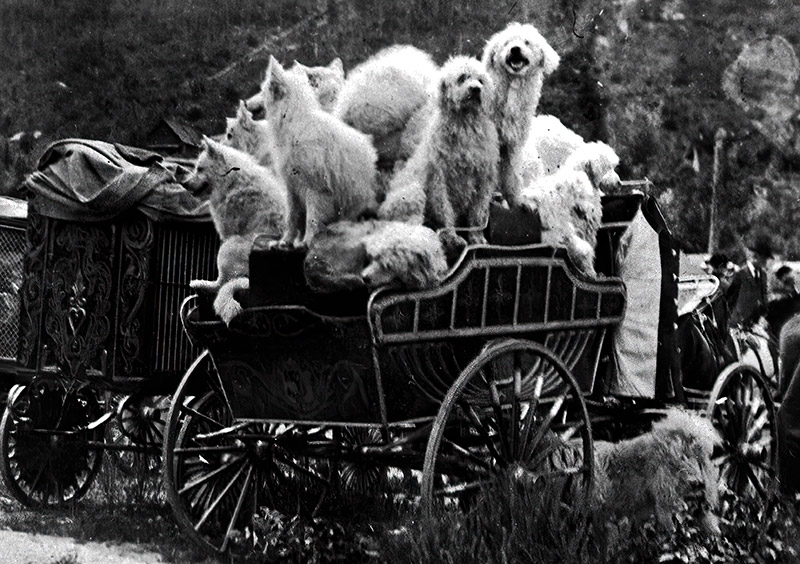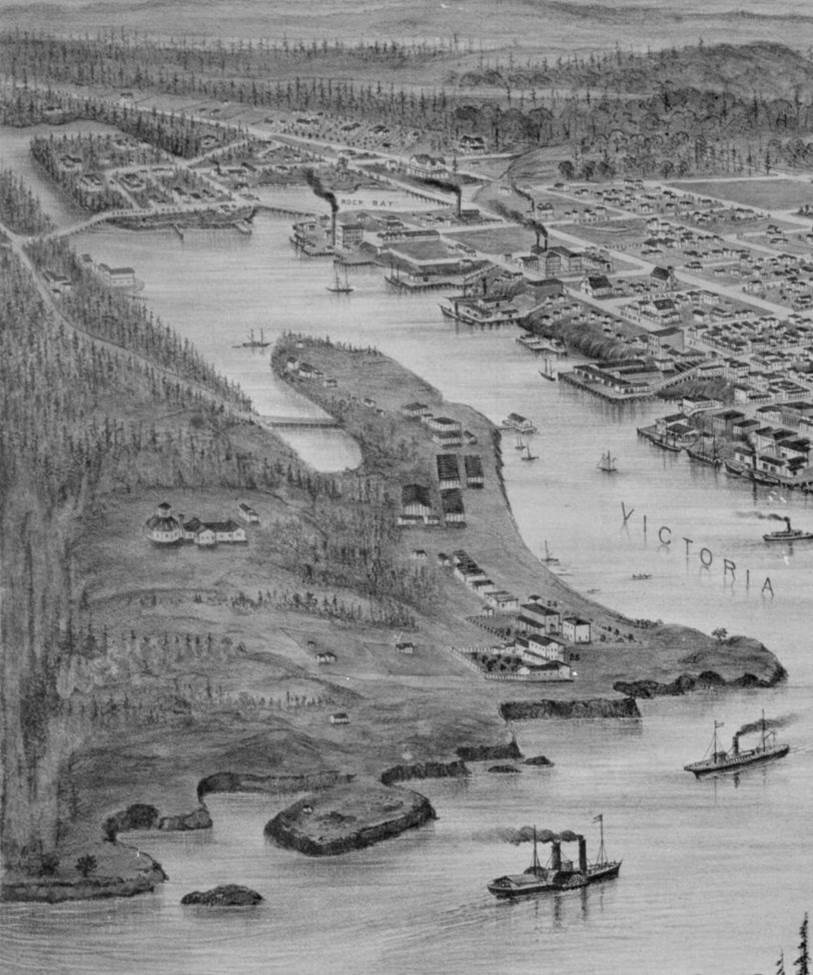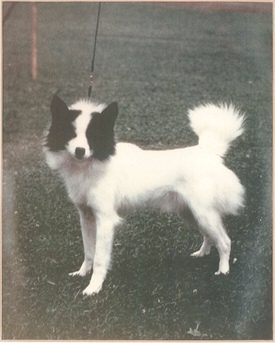
By Grant Keddie Indigenous hunting dogs have gone through enormous changes in northern British Columbia and surrounding regions in the 19th and early 20tth centuries. They were subject to large-scale interbreeding and replacement with European dogs. A focus of attention has often separated out the discussion of northern hunting dogs under varieties called “Tahltan bear dogs” or “Hare bear dogs”. The breeding of Tahltan bear dogs by non-Indigenous owners, and their brief recognition by the Canadian Kennel Club, has given dogs identified by this name prominence in the literature. It is important to know when and from whom information about bear dogs was collected. Here I will present the earliest observations by non-indigenous people, the ethnographic writings acquired from Indigenous … Continue reading “Indigenous “Bear Dogs” of Northwestern Canada”
